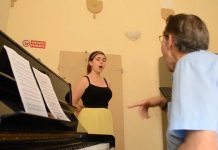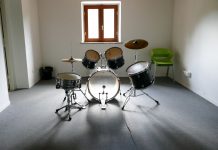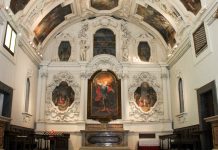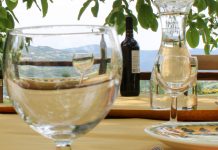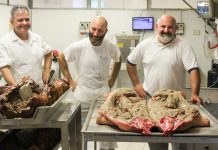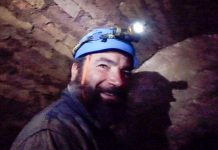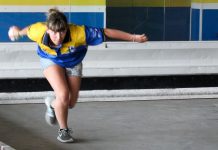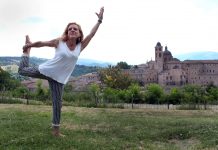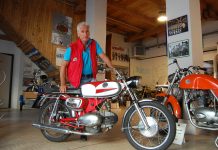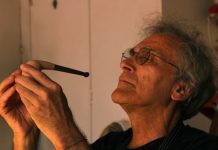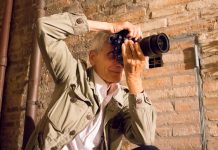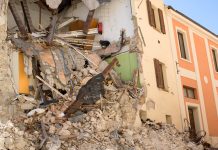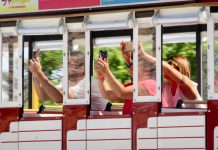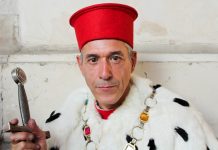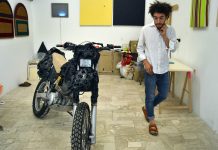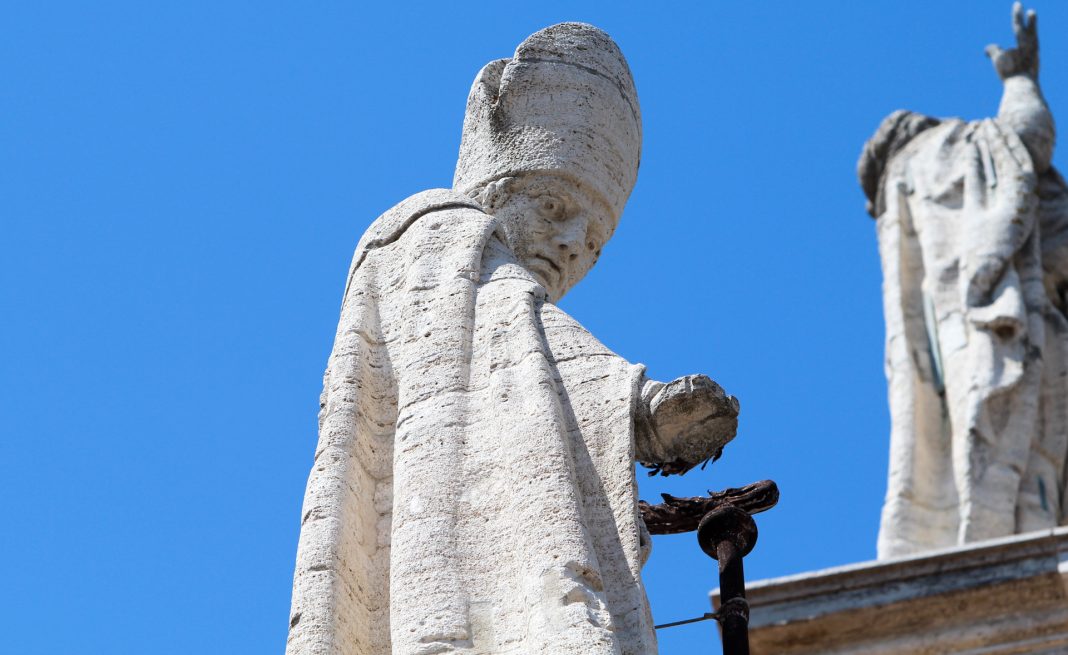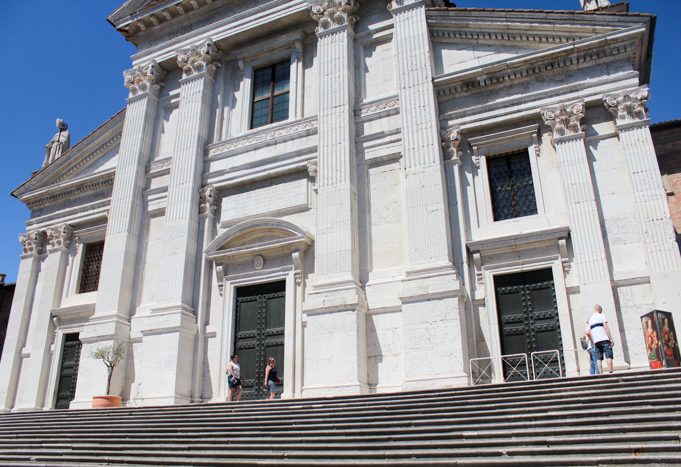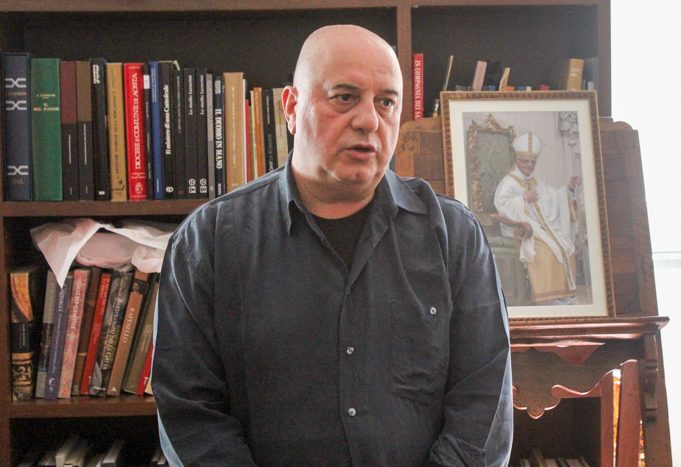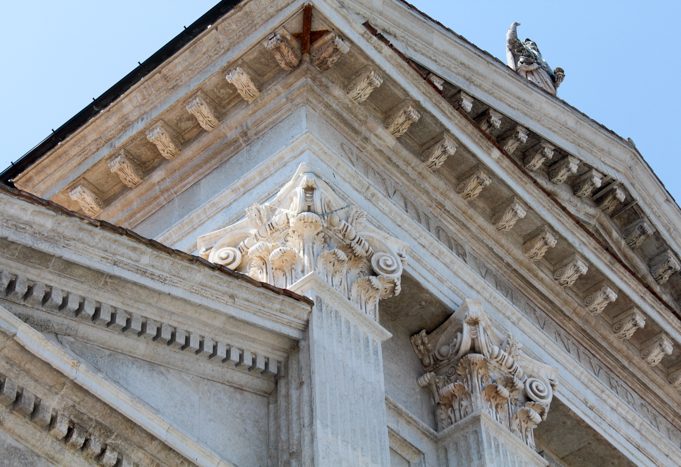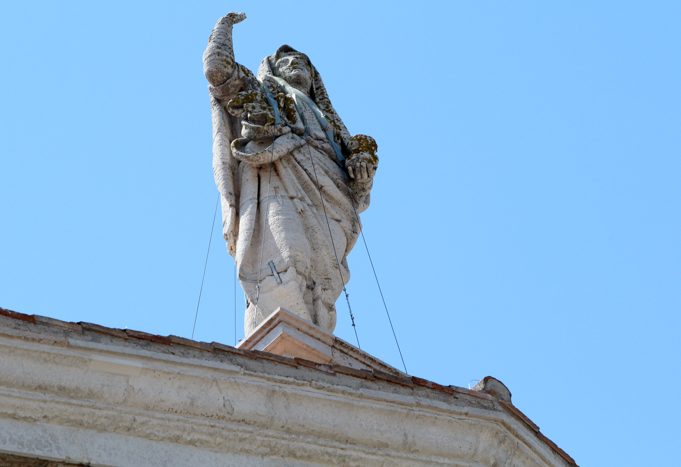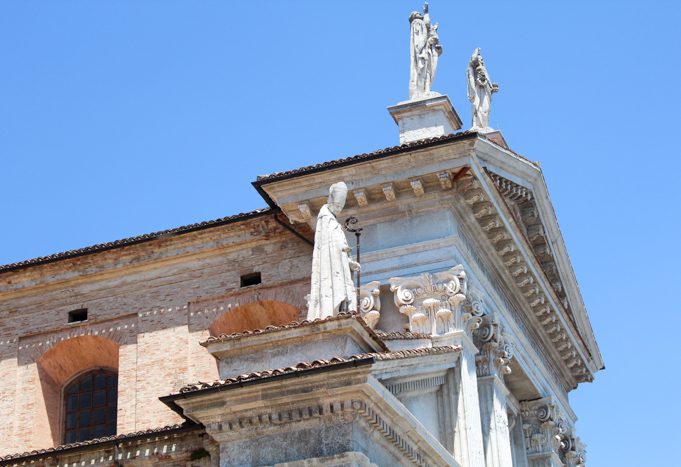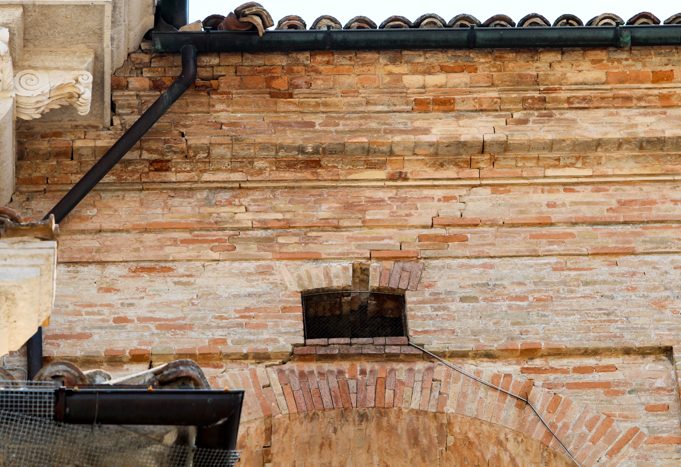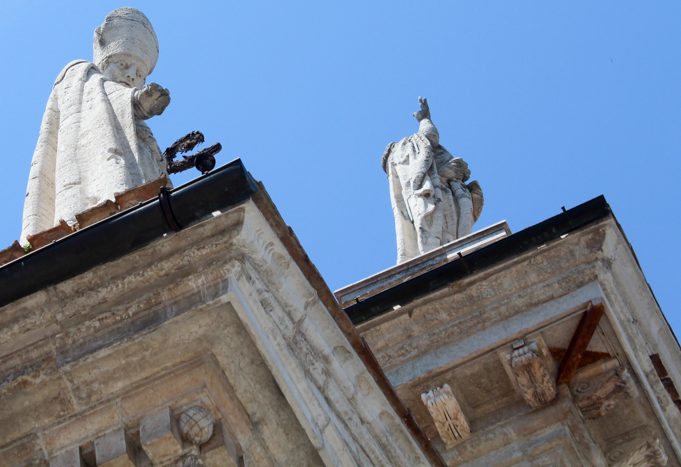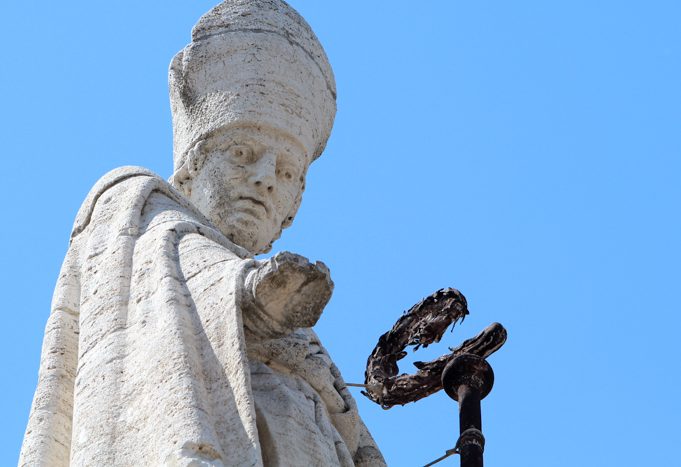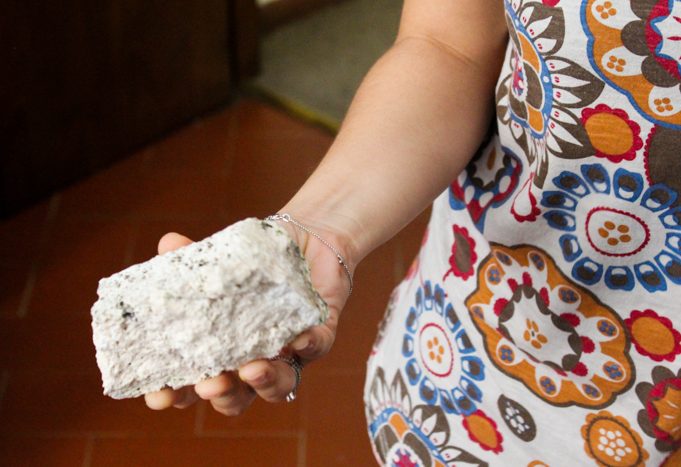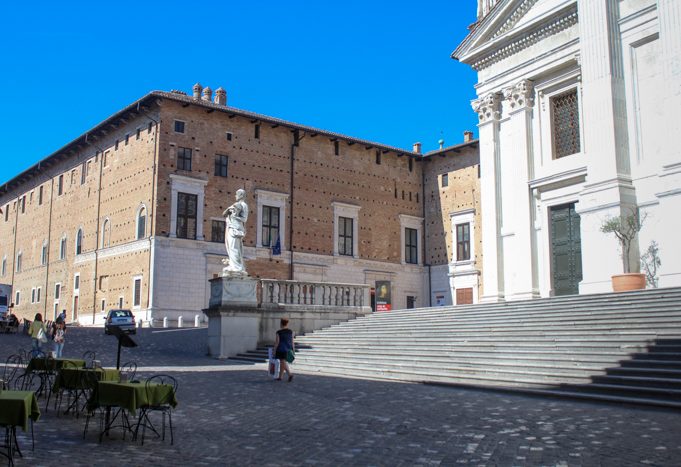Ensuring a historic Cathedral stands through more earthquakes
URBINO, Italy – Standing tall, with statues sitting atop its roof, is the historic site that countless Urbino tourists and locals have visited: the Duomo. Now, however, they’re only able to see the outside of the cathedral.
“The Duomo is unstable and precarious,” said Elisa Palazzi, an engineer and representative from the Archdiocese of Urbino, Urbania, and Sant’Angelo in Vado.

The Duomo was closed after an earthquake hit the Marche region in August 2016, causing cracks throughout the cathedral and damaging statues. There are also significant structural issues that aren’t visible.
Monsignor Davide Tonti, Episcopal Vicer of Sacred Art and Culture, compared the Duomo to “a football player,” saying that “it might be big, but there are vulnerable parts.”
That vulnerability dates back centuries. The first cathedral on the site was built in 1021. An earthquake in 1789 caused the dome to collapse, closing the Duomo for 12 years.
In September 1997, a series of earthquakes with magnitudes ranging from 5.0 to 6.0 struck the Marche and Umbria regions and led to aftershocks until April 1998. Some of those aftershocks damaged the Duomo’s dome and the left nave and transept.
The Duomo is unstable and precarious.
After repairs, the left side was stronger than the right, which proved to be a problem following last year’s earthquakes.
The link between the left and right sides was weak, explained Palazzi. She said that the most recent earthquakes left the facade very vulnerable, and if there were another earthquake as powerful as the most recent ones, the Duomo would collapse.
The Marche, where Urbino is located, is a region of Italy with a high number of seismic events. Although Urbino is not at risk for the more powerful earthquakes, the nearby areas in the Marche are.
The city must be prepared for the aftershocks that come from earthquakes centered at other locations, said Pierpaolo Tiberi, a geology professor at the University of Urbino and representative of La Protezione Civile.
Italy’s La Protezione Civile oversees both the clean-up of areas hit by earthquakes and earthquake preparedness. The department evaluates different areas within Italy’s 20 regions to determine a risk factor for each.
Teams first assess the potential danger to each area. The biggest factor in determining an area’s danger is its seismic activity.

La Protezione Civile then assesses vulnerability of a location based on the construction of buildings. For buildings built on soft land, said Tiberi, an earthquake can feel four to five times stronger than those built on hard terrain.
The design of structures also plays an important role.
“A building that has a lot of levels is at a higher risk,” said Tiberi.
He added that buildings with the lowest risk have a square base and very few floors. Places such as the Ducal Palace, which has a square base, have withstood earthquakes better than its neighbor, the Duomo.
The Archdiocese plans on repairing the right side, restoring the transept and facade, and fixing the high part of the church.
There’s no time table for when the Duomo, designed with a mix of Renaissance and Neoclassical styles, will receive the money needed for the repairs. Once the funds are available, it will take just over a year before the doors will open again to visitors.
“It’s different than taking down something and building it,” said Monsignor Tonti. “You have to keep all the parts as they were before.”


